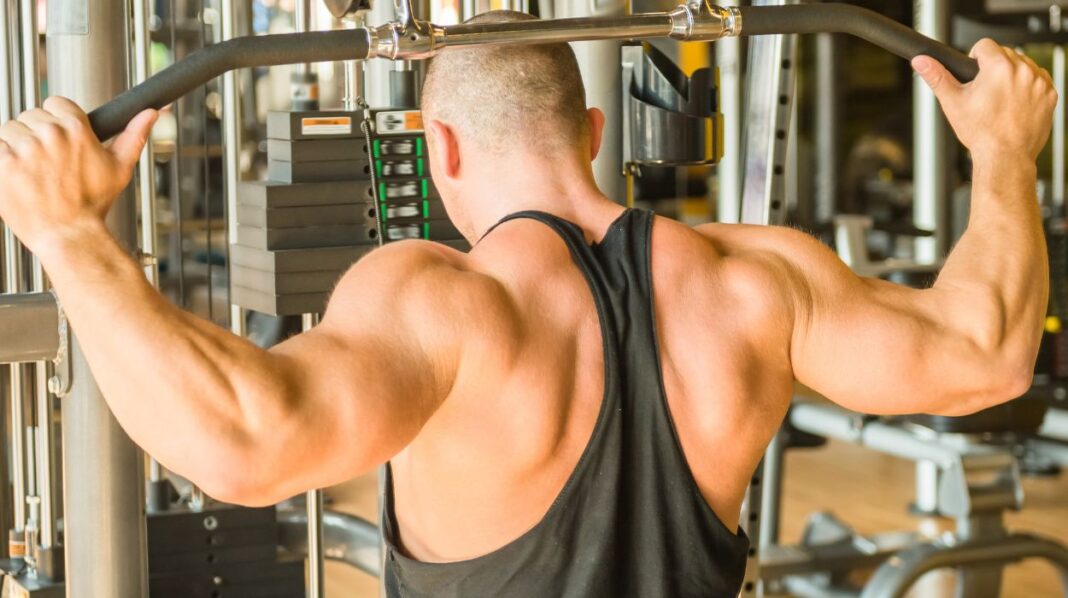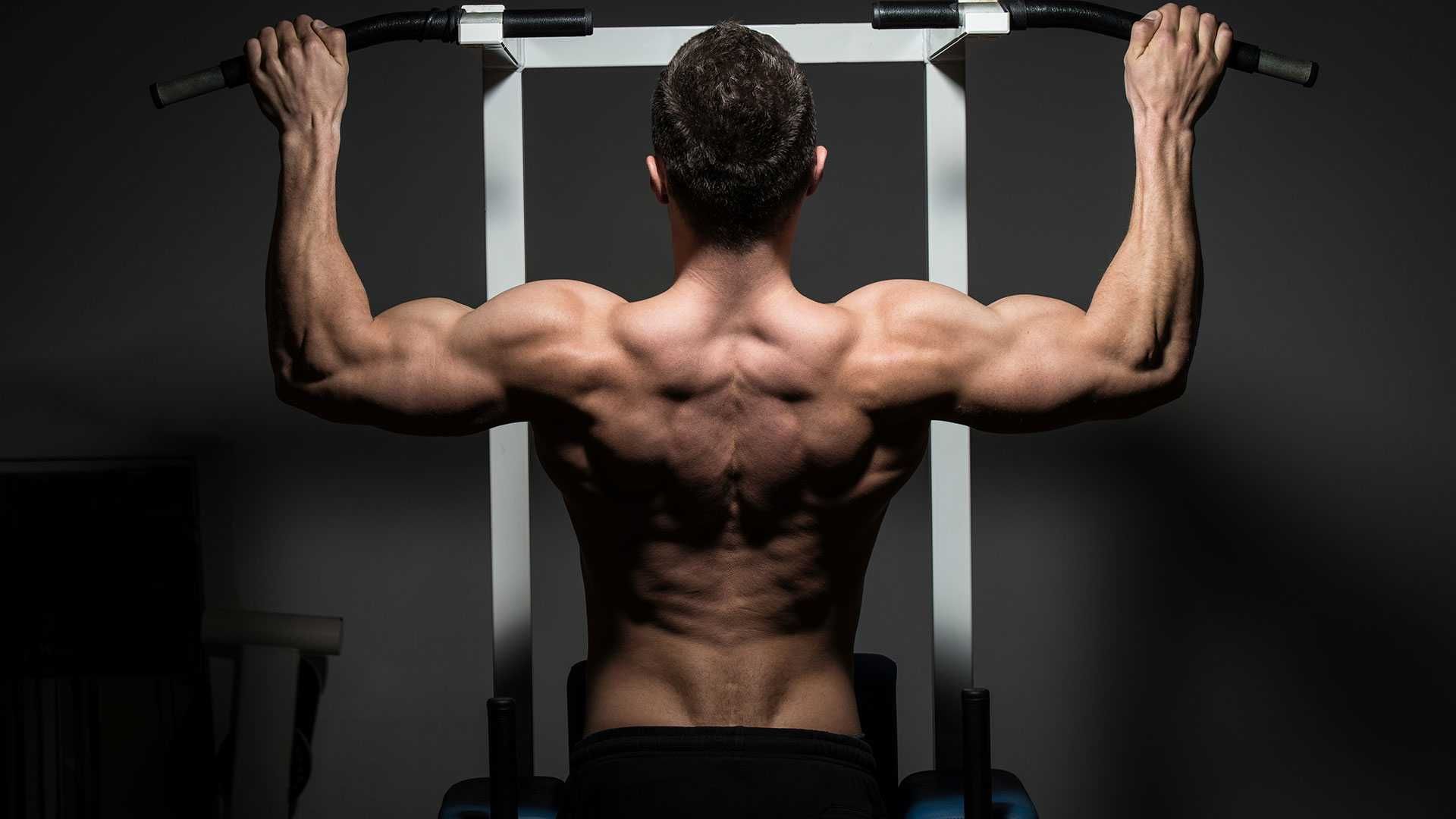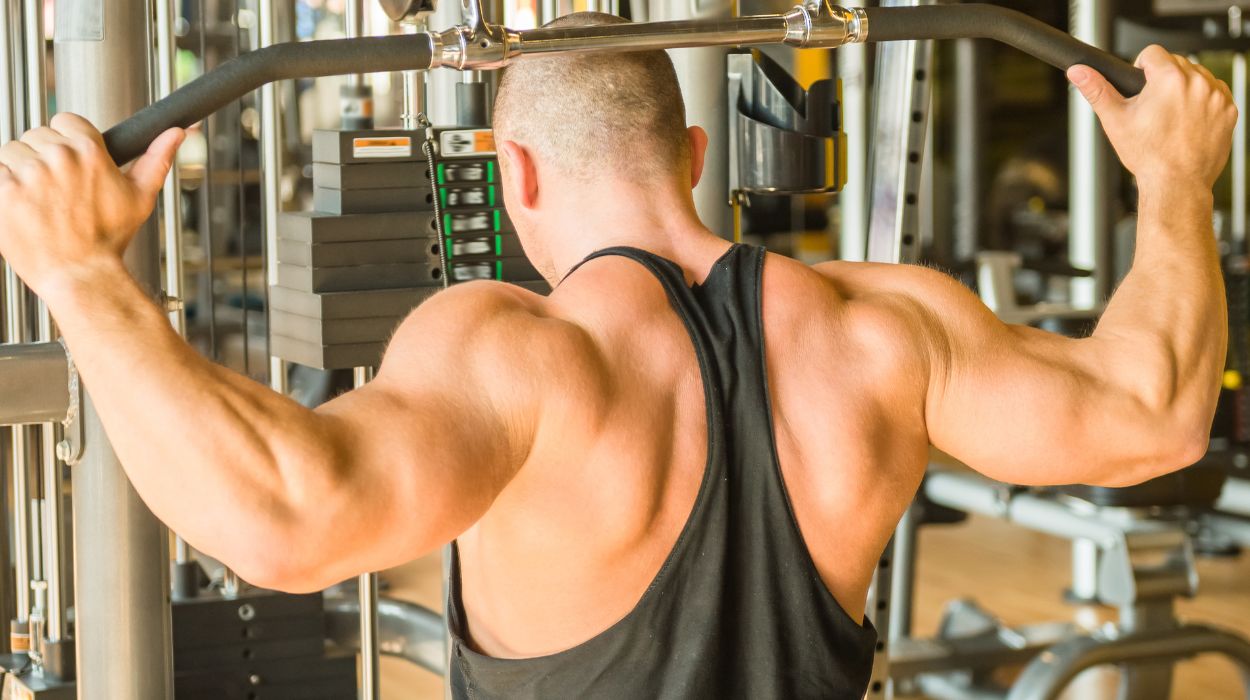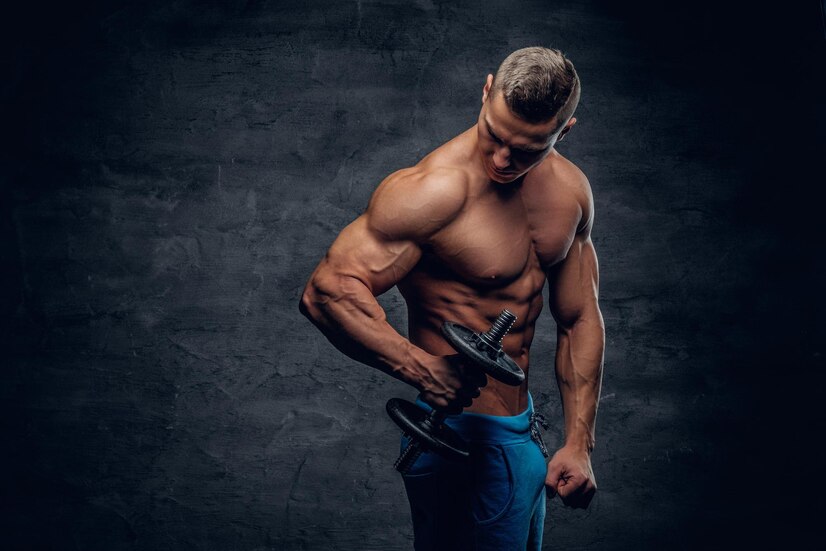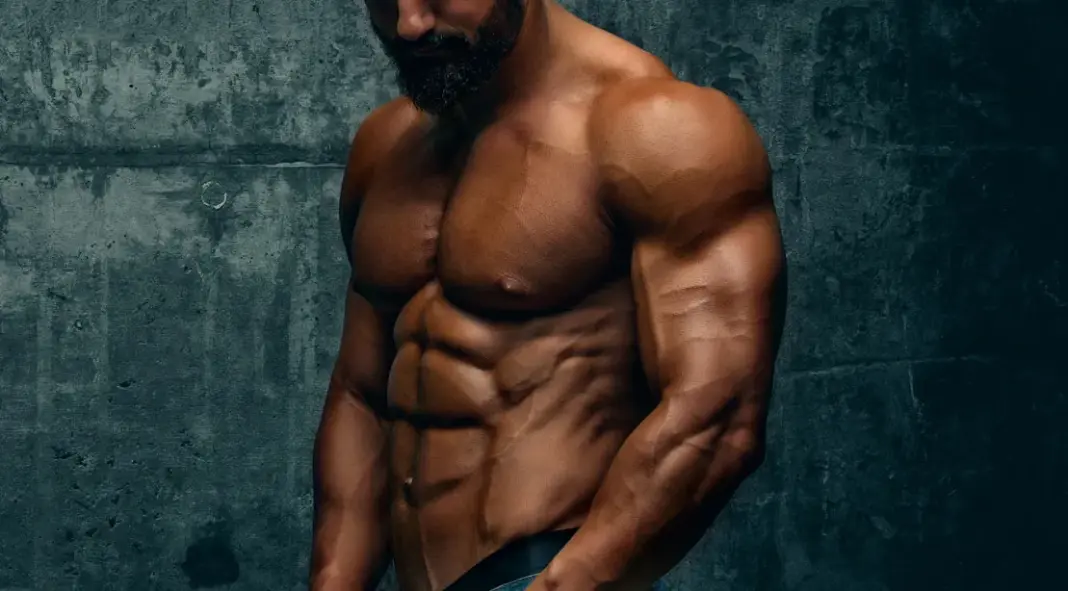The Best Shoulder Exercises Ranked by Delt Head (Front, Side, Rear)
Massive, rounded shoulders are the signature of a complete physique — they scream strength, symmetry, and hours of hard work. But building those iconic 3D delts takes more than just overhead pressing and hoping for the best.
If you’re serious about developing powerful shoulders that pop from every angle, you need to train each head of the deltoid — the anterior (front), lateral (side), and posterior (rear) — with surgical precision.
In this guide, we’ll break down the best shoulder exercises by delt head based on biomechanics, EMG data, and what actually works on the gym floor.
Whether you’re a beginner looking to start smart or an advanced lifter chasing next-level symmetry, this article has the tools you need.
Deltoid Anatomy Recap: Know What You’re Training
Let’s start with the basics. The shoulder is primarily composed of the deltoid, a three-headed muscle:
- Anterior Delt (Front): Raises the arm forward; heavily involved in pressing movements.
- Lateral Delt (Side): Raises the arm out to the side; responsible for shoulder width and roundness.
- Posterior Delt (Rear): Pulls the arm backward; crucial for posture, balance, and upper back aesthetics.
To build full, round shoulders — not just front-loaded pressing strength — you must train all three heads directly.
Best Front Delt Exercises (Top 3)
Your front delts already get a ton of indirect work from bench pressing, dips, and incline chest work. That’s why more pressing isn’t always better — you want enough targeted volume to grow, without tipping into overtraining.
Overhead Press (Barbell or Dumbbell)
The king of shoulder movements.
- Why it works: Overhead pressing is a compound lift that heavily stimulates the front delts while also engaging the triceps and upper chest.
- How to do it: Seated or standing, use a controlled tempo. Avoid excessive lean-back.
- Pro Tip: Dumbbells offer better range of motion and shoulder health for most lifters.
🔁 4 sets of 6–10 reps
Incline Dumbbell Press
A hybrid movement that hits both the chest and front delts.
- Why it works: This chest-focused press still heavily involves the anterior delts — especially with a moderate incline (30–45°).
- Programming: Great for upper-body volume without the joint strain of more overhead work.
🔁 3–4 sets of 10–12 reps
Front Raise (Cable or Dumbbell)
Isolate and burn.
- Why it works: Front raises eliminate assistance from the chest and triceps, putting tension directly on the front delts.
- Cables vs Dumbbells: Cables provide more consistent resistance throughout the range of motion.
🔁 2–3 sets of 12–15 reps (use strict form)
⚠️ Front Delt Tip: Most lifters already bias front delt training. If you’re doing heavy bench and overhead work, keep isolation front delt volume moderate.
Best Side Delt Exercises (Top 3)
The lateral delts create shoulder width and the illusion of a smaller waist. But they’re tricky — they don’t respond well to compound work alone. Isolation is key.
Cable Lateral Raise (Single-Arm)
- Why it works: Constant tension. Cables eliminate the dead zone you get with dumbbells at the bottom of the movement.
- Form tips: Keep your torso slightly forward, arm slightly bent, and lead with your elbow.
🔁 3–4 sets of 12–15 reps per side
Dumbbell Lateral Raise
- Why it works: Old school, and still gold. Great for higher-rep work with lighter weights.
- Coaching cue: Slight forward lean and stop just below shoulder height. No swinging or momentum.
🔁 3 sets of 15–20 reps
Machine Lateral Raise
- Why it works: Allows you to focus on the mind-muscle connection and slow eccentrics.
- Use for: Finishing movements or high-volume work.
🔁 2–3 sets of 15–25 reps
💡 Pro Tip: Raise with pinkies slightly higher than thumbs — like pouring water — to maximize lateral delt activation.
Best Rear Delt Exercises (Top 3)
Rear delts are under-trained by most lifters — and that’s a big mistake. These muscles add depth to your upper back, balance out your physique, and protect your shoulders.
Reverse Pec Deck (Machine Rear Delt Fly)
- Why it works: Fixed movement path ensures the rear delts are isolated and not taken over by traps or rhomboids.
- Coaching cue: Use a neutral grip and slow eccentric.
🔁 3–4 sets of 15–20 reps
Cable Rear Delt Cross (or High Face Pull)
- Why it works: Cables allow for peak contraction and full range of motion. This builds muscle and supports shoulder health.
- Great for: Lifters who want strength and mobility in one move.
🔁 3 sets of 12–15 reps
Bent-Over Dumbbell Rear Delt Fly
- Why it works: Simple, raw, and effective.
- Form tip: Avoid retracting the scapula — focus on pulling with the rear delts, not the upper back.
🔁 3–4 sets of 15–20 reps
💡 Rear Delt Insight: These muscles recover quickly. Train them often — 2–3 times per week.
Bonus Shoulder Movements (Multi-Head Focus)
Some exercises offer excellent bang-for-your-buck by targeting multiple delt heads at once:
- Arnold Press: Great front + side delt stimulation with a full range of motion and internal rotation.
- Landmine Press: More shoulder-friendly than traditional overhead presses, especially good for joint pain or mobility issues.
- Wide-Grip Upright Row: Hits side and rear delts more than the narrow version. Use cables or dumbbells to minimize wrist stress.
Sample Balanced Shoulder Workout
Here’s how you might build a well-rounded shoulder session that emphasizes hypertrophy, balance, and joint safety:
- Seated Dumbbell Overhead Press – 4 sets of 8–10
- Cable Lateral Raise (Single-Arm) – 4 sets of 12–15
- Reverse Pec Deck – 3 sets of 15–20
- Arnold Press – 3 sets of 10
- Bent-Over Cable Rear Delt Fly – 3 sets of 12
- (Optional): Face Pulls – 2 sets of 20 for shoulder health and activation
💡 Rest 60–90 seconds between hypertrophy sets, and 2 minutes for heavy presses.
Training Tips for Bigger, Stronger Shoulders
Whether you’re a beginner or a seasoned bodybuilder, these tips will help you squeeze more growth out of every shoulder session:
- Use Progressive Overload: Track your weights and reps weekly.
- Tempo Matters: Control the eccentric (lowering phase) to maximize time under tension.
- Mind-Muscle Connection: Don’t just lift — contract. Visualize the muscle doing the work.
- Prioritize Weak Points: Lagging rear delts? Start your workout with them.
- Train Shoulders Twice Weekly: Split heavy presses on one day and isolation work on another for full development.
- Don’t Forget Warm-Ups: Shoulder joints are sensitive. Prime them with light face pulls and rotator cuff work before going heavy.
Final Word: Build 3D Delts with Precision
If you want shoulders that command attention on stage or on the street, you need more than just brute strength — you need structure.
Big delts come from:
- Isolating each head with purpose
- Balancing volume and recovery
- Executing every rep with intention
Train your shoulders with the same focus you give to chest or arms, and they’ll grow like you’ve never seen.
You don’t just lift for shoulders — you sculpt them.
🔗 Related Articles:
- Complete Shoulder Training Guide
- How to Grow Side Delts for 3D Shoulders
- Rear Delt Training That Works
- Overhead Press Mastery
- Fixing Shoulder Training Mistakes

